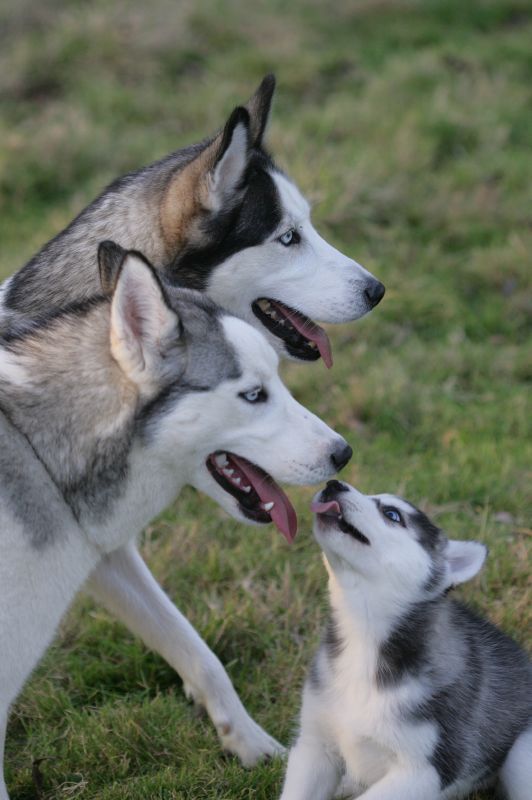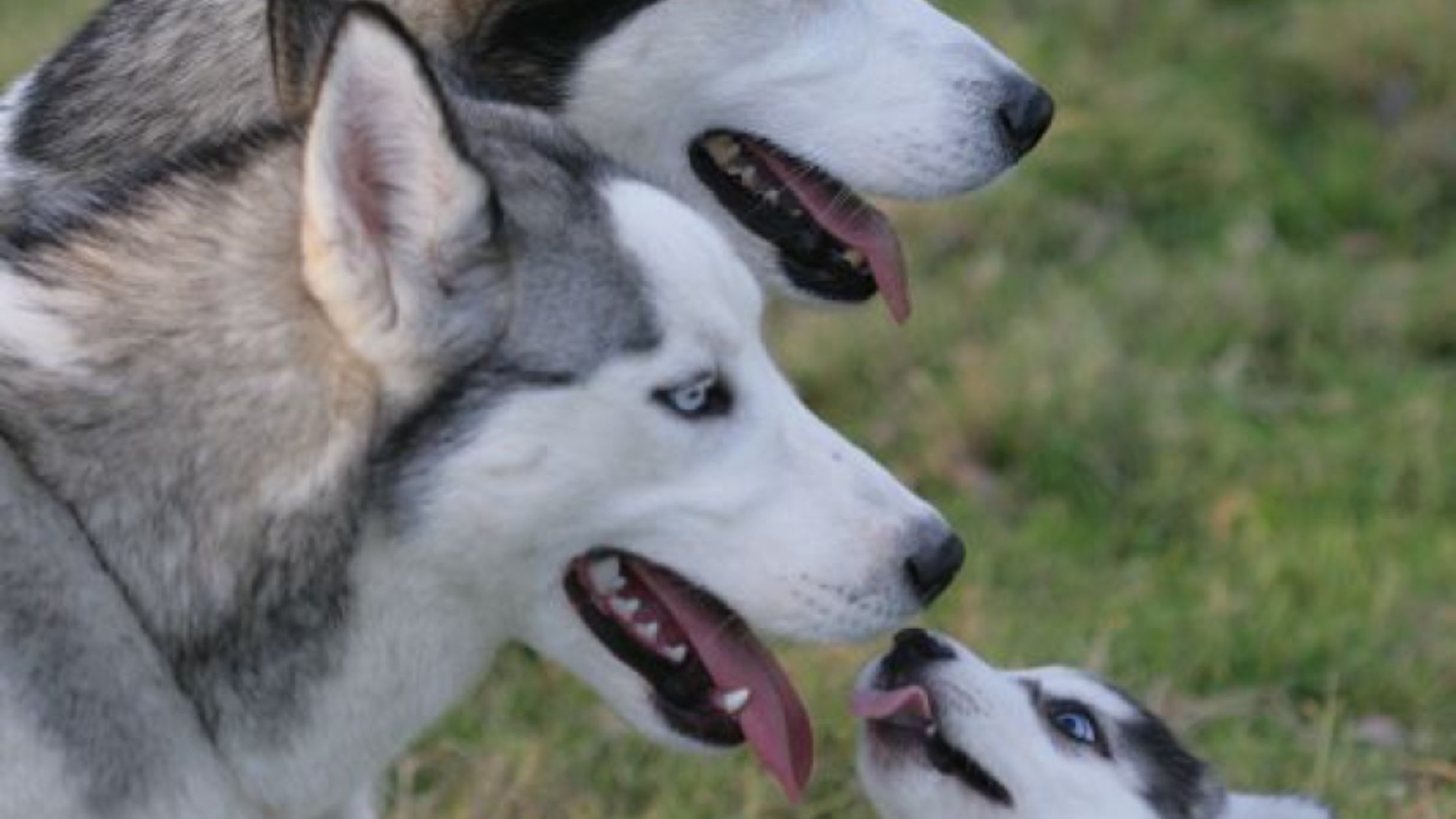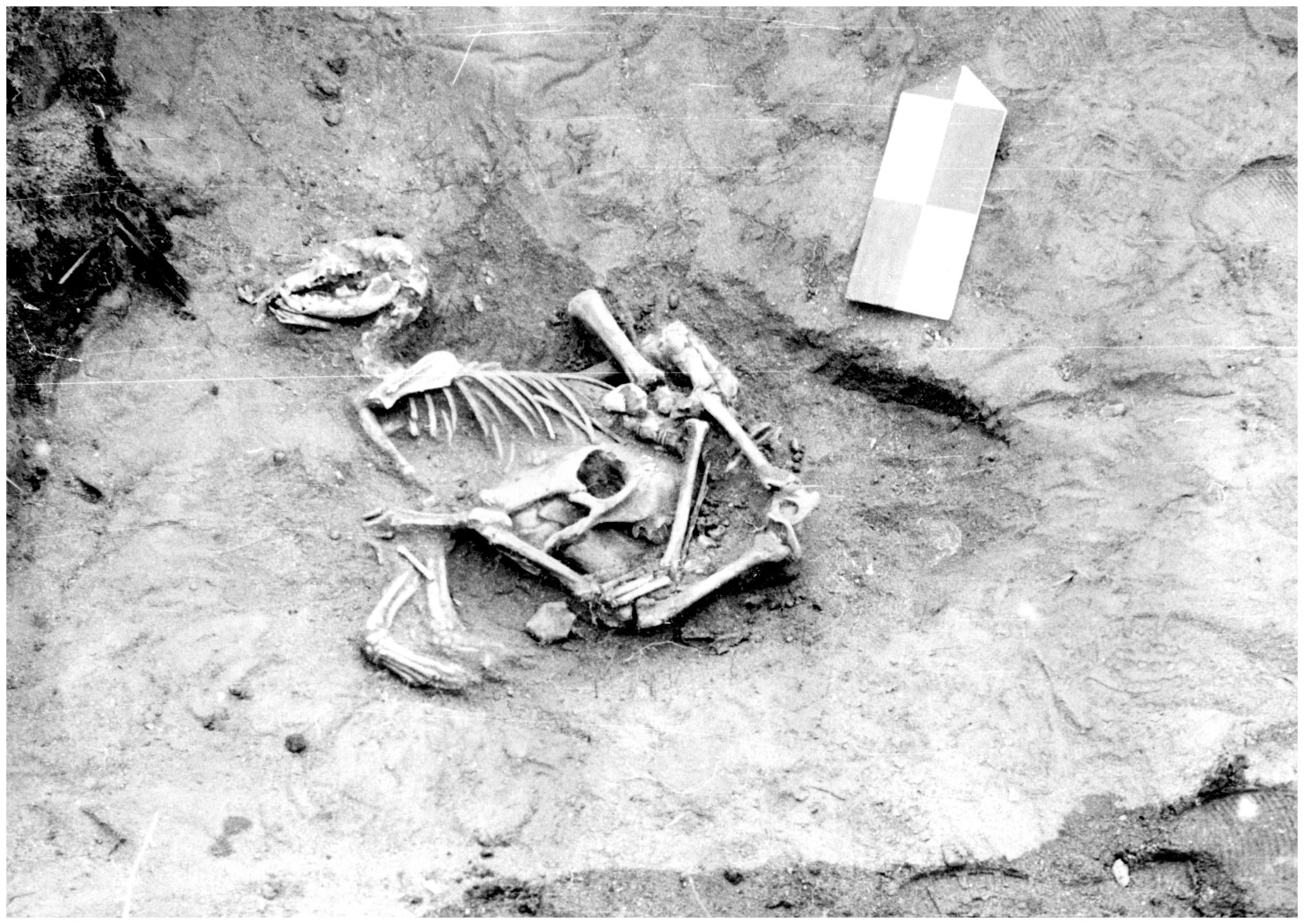Sharing was Caring for Ancient Humans and Their Prehistoric Pups
 While the tale of how man’s best friend came to be (i.e., domestication) is still slowly unfolding, a recently published study in PLOS ONE may provide a little context—or justification?—for dog lovers everywhere. It turns out that even thousands of years ago, humans loved to share food with, play with, and dress up their furry friends.
While the tale of how man’s best friend came to be (i.e., domestication) is still slowly unfolding, a recently published study in PLOS ONE may provide a little context—or justification?—for dog lovers everywhere. It turns out that even thousands of years ago, humans loved to share food with, play with, and dress up their furry friends.
In the study titled “Burying Dogs in Ancient Cis-Baikal, Siberia: Temporal Trends and Relationships with Human Diet and Subsistence Practices,” biologists, anthropologists, and archaeologists joined forces to investigate the nature of the ancient human-dog relationship by analyzing previously excavated canid remains worldwide, with a large portion of specimens in modern-day Eastern Siberia, Russia. The authors performed genetic analysis and skull comparisons to establish that the canid specimens were most likely dogs, not wolves, which was an unsurprising but important distinction when investigating the human-canine bond. The canid skulls from the Cis-Baikal region most closely resembled large Siberian huskies, or sled dogs. Radiocarbon dating from previous studies also provided information regarding the dates of death and other contextual information at the burial sites.
The researchers found that the dogs buried in Siberia, many during the Early Neolithic period 7,000-8,000 years ago, were only found at burial sites shared with foraging humans. Dogs were found buried in resting positions, or immediately next to humans at these sites, and their graves often included various items or tools seemingly meant for the dogs. One dog in particular was adorned with a red deer tooth necklace around its neck and deer remnants by its side, and another was buried with what appears to be a pebble or toy in its mouth.
By analyzing the carbon and nitrogen in human and dog specimens in this region, the researchers were able to determine similarities in human and dog diets, both of which were rich in fish. This finding may be somewhat surprising because one might assume that dogs helped humans hunt terrestrial game, and would consequently be less likely found among humans that ate primarily fish.
The authors speculate that dogs were considered spiritually similar to humans, and were therefore buried at the same time in the same graves. The nature of the burials and the similarities in diet also point toward an intimate and personal relationship, both emotional and social, between humans and their dogs—one that involved sharing food and giving dogs the same burial rites as the humans they lived among. Ancient dogs weren’t just work animals or hunters, the authors suggest, but important companion animals and friends as well.
Citation: Losey RJ, Garvie-Lok S, Leonard JA, Katzenberg MA, Germonpré M, et al. (2013) Burying Dogs in Ancient Cis-Baikal, Siberia: Temporal Trends and Relationships with Human Diet and Subsistence Practices. PLoS ONE 8(5): e63740. doi:10.1371/journal.pone.0063740
Image Credits: Losey RJ, Garvie-Lok S, Leonard JA, Katzenberg MA, Germonpré M, et al. (2013) Burying Dogs in Ancient Cis-Baikal, Siberia: Temporal Trends and Relationships with Human Diet and Subsistence Practices. PLoS ONE 8(5): e63740. doi:10.1371/journal.pone.0063740
Siberian husky photo by Pixel Spit

